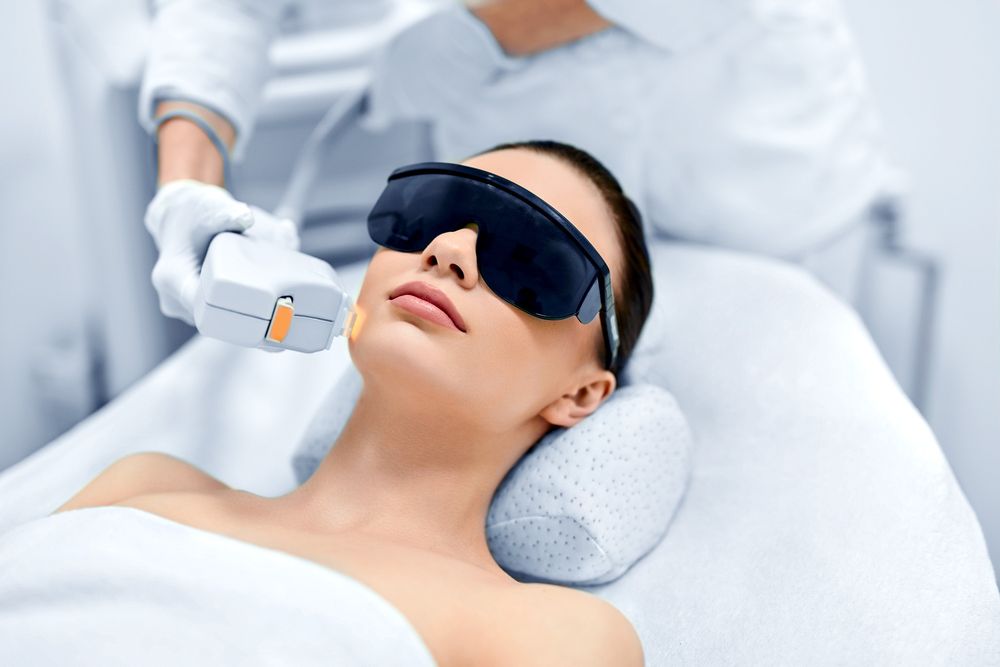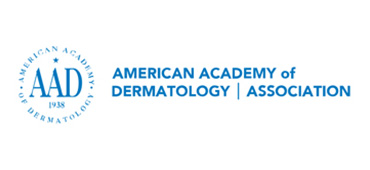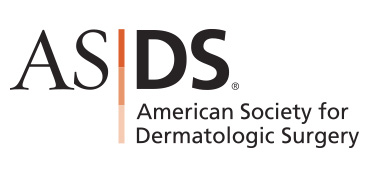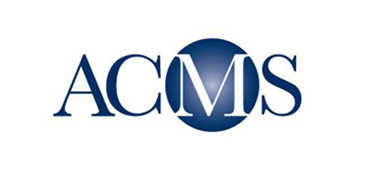Skip to content
What is Fraxel?
Fraxel is a non-invasive, microscopic laser that changes the surface of your face by penetrating your skin to encourage new collagen and elastin growth. Fraxel only targets a fraction of the skin at a time, which is why it’s also known as a fractional skin resurfacing treatment.
Fraxel smooths wrinkles and scars, fades brown spots and hyperpigmentation, and basically resurfaces your entire skin tone. Fraxel is one of the more aggressive lasers offered at most dermatologist offices, which is how it’s able to get rid of things like pockmarks (aka those pitted, indented acne scars known as ice pick, boxcar, and rolling scars).
Before my Fraxel appointment.
This treatment is low-maintenance—at least, beforehand. You’ll need to stop using any product that can cause skin sensitivities a full 10 days before your treatment, along with 10 days after (that includes retinol, exfoliants, and acids, like glycolic acid or salicylic acid).
Note: If you’re breaking out, your dermatologist may want to postpone until your zits have calmed down, so let the office know ahead of time if you find yourself in an acne showdown.
How painful is Fraxel laser?
The treatment is about 15 to 25 minutes, plus another 45 minutes for the topical anesthesia (numbing cream) to kick in before getting started. Many people consider the ablative type of Fraxel to be quite intense and painful (some describe it as being stung by bees or feeling like your face is straight-up burning), even with the numbing cream.
How long is your face red after Fraxel?
The downtime to ablative Fraxel (so Fraxel Repair) is typically a week. During the first two days, you can expect redness, throbbing, and swelling (like a sunburn), then between days three to five, your skin will start to roughen up and peel. As tempting as it is to pick at the flakes, resist the urge and allow your skin to heal on its own or you’ll risk scarring. And, as a note, the chest usually takes a little bit longer to recover, so don’t be alarmed if the process seems slow.
What are the side effects of Fraxel laser treatment?
Although the laser is safe for all skin tones, It might not be the best option for those with melasma (a complex form of hyperpigmentation). Your dermatologist will let you know whether or not your skin can handle the laser, so definitely schedule a consultation regardless.
How long does Fraxel last?
This is dependent on the patient’s hair color, eye color, and complexion (discoloration tends to return sooner on patients with blonde or red hair than on someone with darker hair). Generally, though, Fraxel treatments are recommended yearly for continued results.
How many sessions of Fraxel do you need?
With the 1927 wavelength (the one used for fading pigment), one treatment can decrease 80 percent of the discoloration. You might need a touch-up with a Clear + Brilliant laser four to six months later, but usually one Fraxel session is enough to last you the year.
With the 1550 wavelength (the one for smoothing texture), you usually need three to five treatments spaced four weeks apart. Your doctor will determine how many treatments are best for your particular skin type and concerns, but most patients wind up needing around two to six treatments to achieve their goals.
What can you not do after Fraxel laser?
Fraxel is a great treatment for your skin. If redness, peeling, and dark flakes is something you’d rather not deal with publicly, plan your appointment during a week when you can afford to take some time off, because makeup, gym or sun are a no-go. During those few days of healing, avoid putting any products on your face.
Set up your appointment with a dermatologist today!
If you would like to enjoy the benefits of Fraxel, make an appointment and find a clinician or location near you that offers Fraxel.

Page load link






